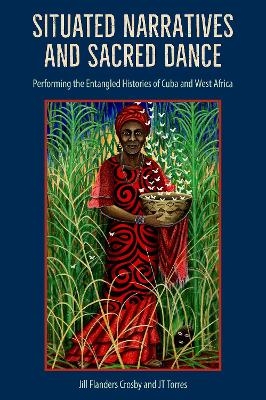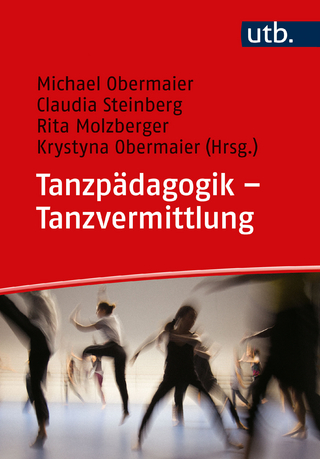
Situated Narratives and Sacred Dance
Performing the Entangled Histories of Cuba and West Africa
Seiten
2021
University Press of Florida (Verlag)
978-1-68340-206-0 (ISBN)
University Press of Florida (Verlag)
978-1-68340-206-0 (ISBN)
Through a revolutionary ethnographic approach that foregrounds storytelling and performance as alternative means of knowledge, Situated Narratives and Sacred Dance explores shared ritual traditions between the Anlo-Ewe people of West Africa and their descendants, the Arara of Cuba.
Through a revolutionary ethnographic approach that foregrounds storytelling and performance as alternative means of knowledge, Situated Narratives and Sacred Dance explores shared ritual traditions between the Anlo-Ewe people of West Africa and their descendants, the Arará of Cuba, who were brought to the island in the transatlantic slave trade. The volume draws on two decades of research in four communities: Dzodze, Ghana; Adjodogou, Togo; and Perico and Agramonte, Cuba. In the ceremonies, oral narratives, and daily lives of individuals at each field site, the authors not only identify shared attributes in religious expression across continents, but also reveal lasting emotional, spiritual, and personal impacts in the communities whose ancestors were ripped from their homeland and enslaved. The authors layer historiographic data, interviews, and fieldnotes with artistic modes such as true fiction, memoir, and choreographed narrative, challenging the conventional nature of scholarship with insights gained from sensorial experience.
Including reflections on the making of an art installation based on this research project, this volume challenges readers to imagine the potential of approaching fieldwork as artists. The authors argue that creative methods can convey truths deeper than facts, pointing to new possibilities for collaboration between scientists and artists with relevance to any discipline.
Through a revolutionary ethnographic approach that foregrounds storytelling and performance as alternative means of knowledge, Situated Narratives and Sacred Dance explores shared ritual traditions between the Anlo-Ewe people of West Africa and their descendants, the Arará of Cuba, who were brought to the island in the transatlantic slave trade. The volume draws on two decades of research in four communities: Dzodze, Ghana; Adjodogou, Togo; and Perico and Agramonte, Cuba. In the ceremonies, oral narratives, and daily lives of individuals at each field site, the authors not only identify shared attributes in religious expression across continents, but also reveal lasting emotional, spiritual, and personal impacts in the communities whose ancestors were ripped from their homeland and enslaved. The authors layer historiographic data, interviews, and fieldnotes with artistic modes such as true fiction, memoir, and choreographed narrative, challenging the conventional nature of scholarship with insights gained from sensorial experience.
Including reflections on the making of an art installation based on this research project, this volume challenges readers to imagine the potential of approaching fieldwork as artists. The authors argue that creative methods can convey truths deeper than facts, pointing to new possibilities for collaboration between scientists and artists with relevance to any discipline.
Jill Flanders Crosby is professor in the Department of Theatre and Dance at the University of Alaska Anchorage. J. T. Torres is assistant teaching professor of English at Quinnipiac University.
| Erscheinungsdatum | 10.05.2021 |
|---|---|
| Zusatzinfo | 64 black & white illustrations |
| Verlagsort | Florida |
| Sprache | englisch |
| Maße | 152 x 229 mm |
| Gewicht | 590 g |
| Themenwelt | Sachbuch/Ratgeber ► Sport ► Tanzen / Tanzsport |
| Geisteswissenschaften ► Geschichte ► Regional- / Ländergeschichte | |
| Sozialwissenschaften ► Ethnologie | |
| Sozialwissenschaften ► Soziologie | |
| ISBN-10 | 1-68340-206-5 / 1683402065 |
| ISBN-13 | 978-1-68340-206-0 / 9781683402060 |
| Zustand | Neuware |
| Haben Sie eine Frage zum Produkt? |
Mehr entdecken
aus dem Bereich
aus dem Bereich


